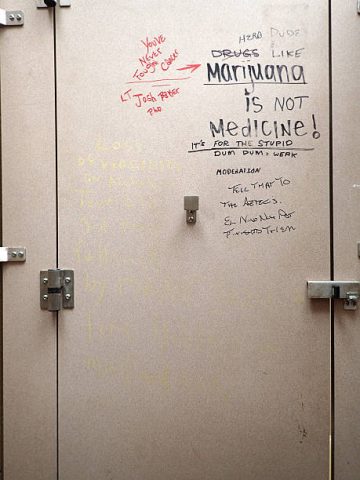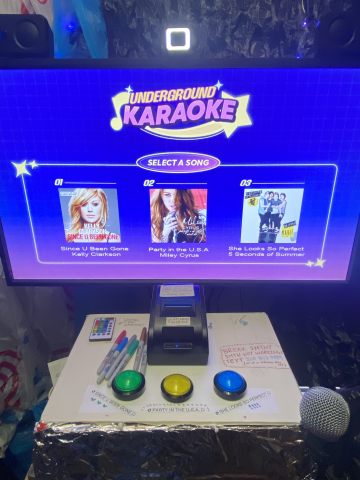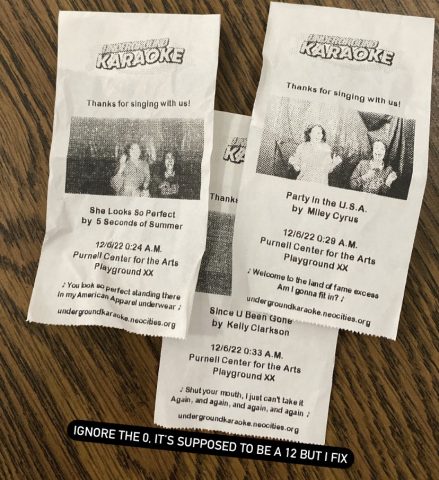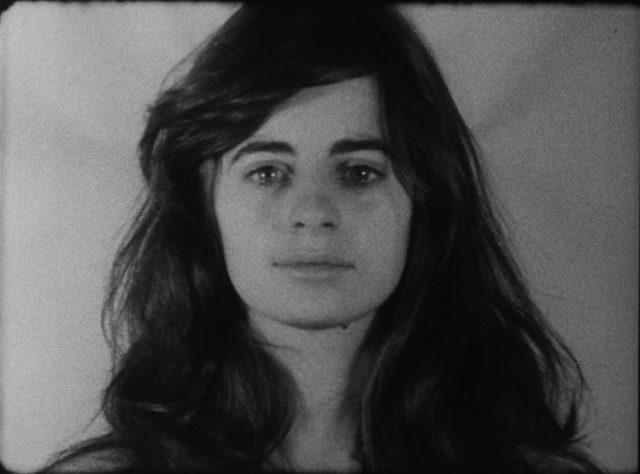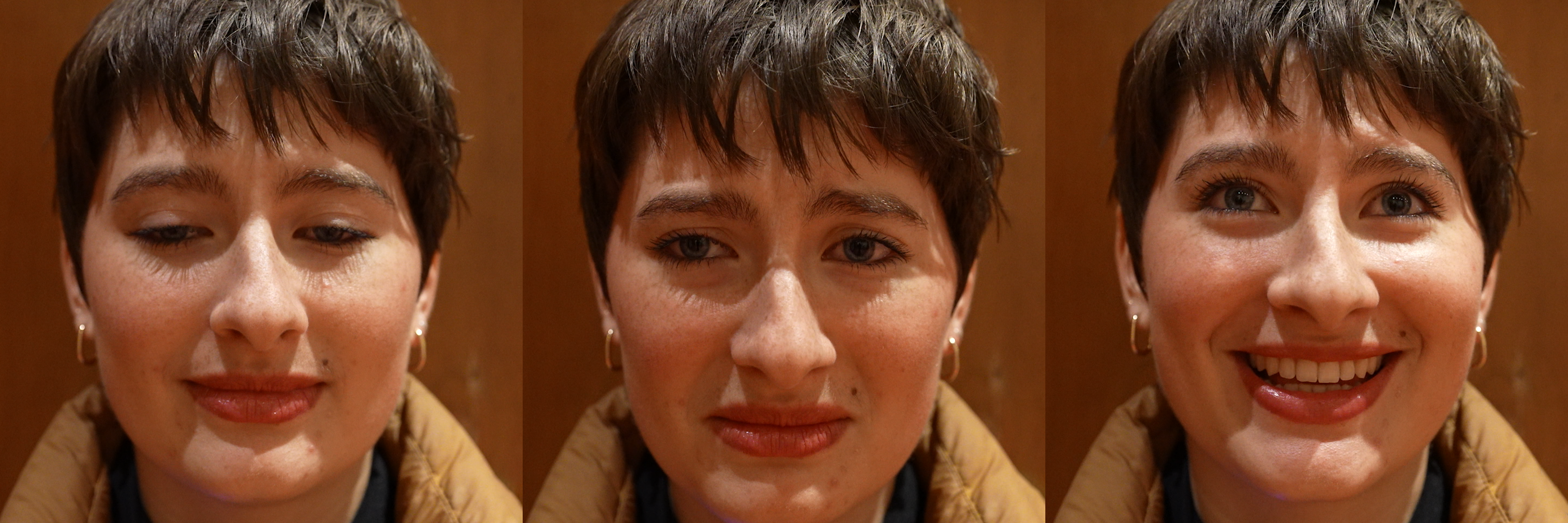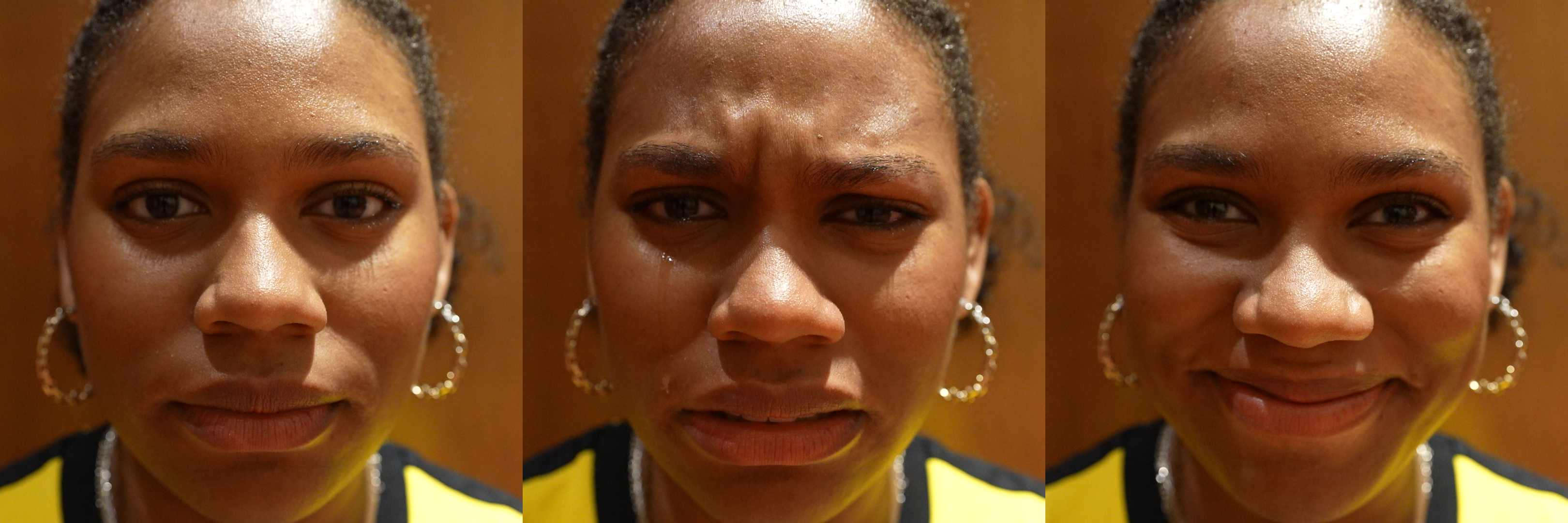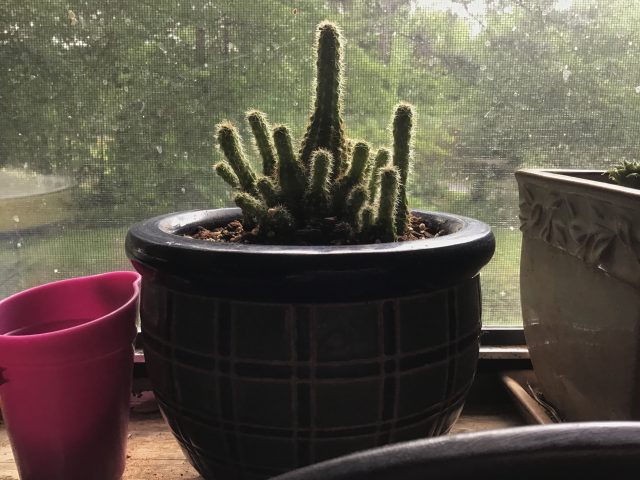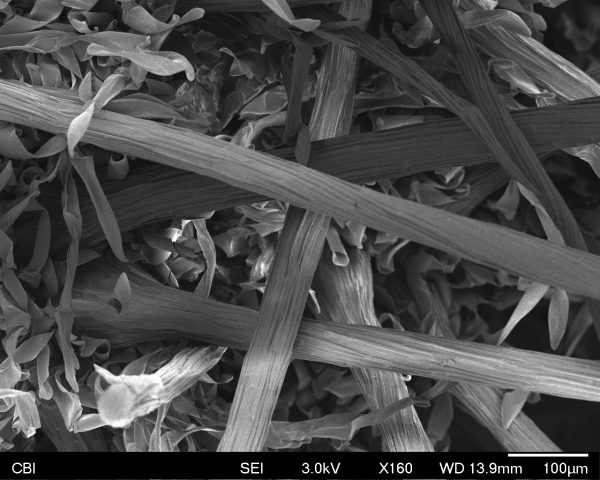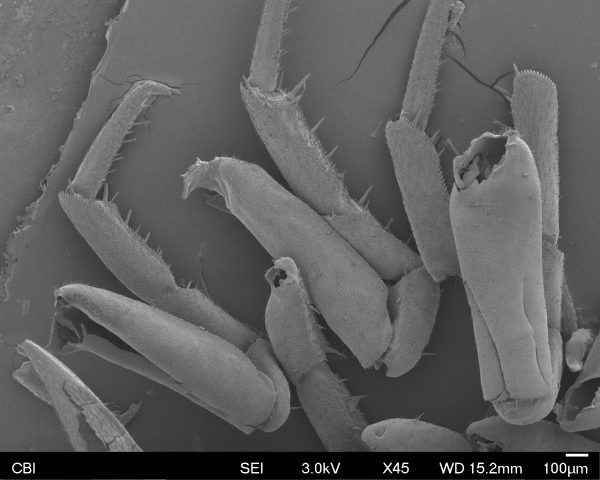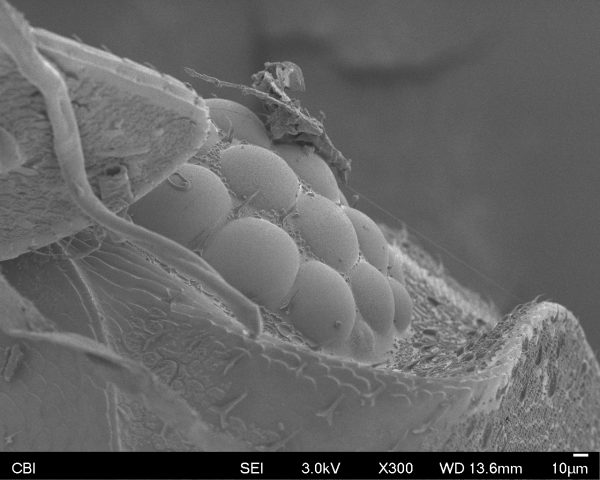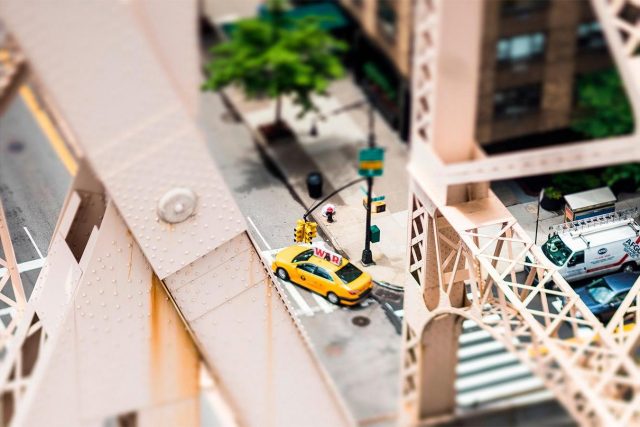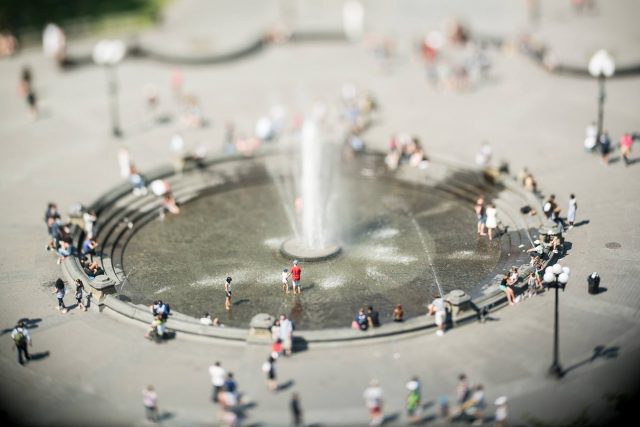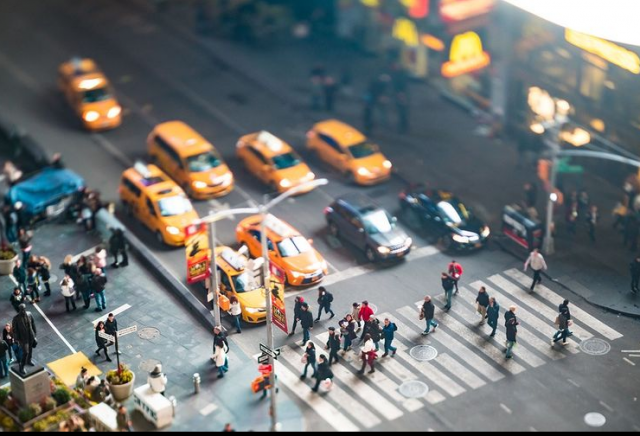My project, conducted in Carnegie Mellon’s School of Drama, was intended to capture surprise.
This idea went through many iterations. Originally wanting to capture curiosity, I thought of hanging a box on a wall that looked kind of weird that people could peek into or having a box on a table that people would open.


I eventually landed on the box on a table idea because I was really interested in capturing photos at this angle:

The next challenge I faced was… what would be in the box? What would be worth my participants’ while? With Nica’s help, we landed on a kind of ridiculous idea that also shifted my project from the concept of “curiosity” to “surprise.”
I would be inside the box.
The next challenge was… how the hell do I get inside a box?
I decided to construct my own trick table out of a big cardboard box my roommate happened to be throwing away (she bought a bookshelf or something). I cut holes in it for my head and hands (hands to hold the camera) and also bought some tablecloths from Target that I could cut holes into to match.
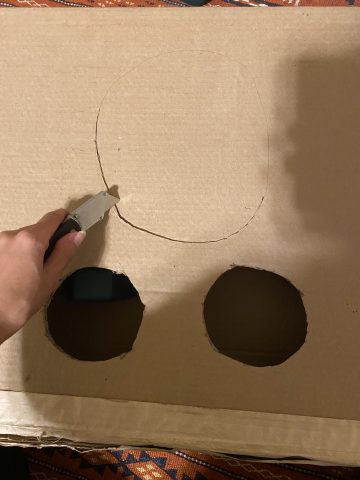
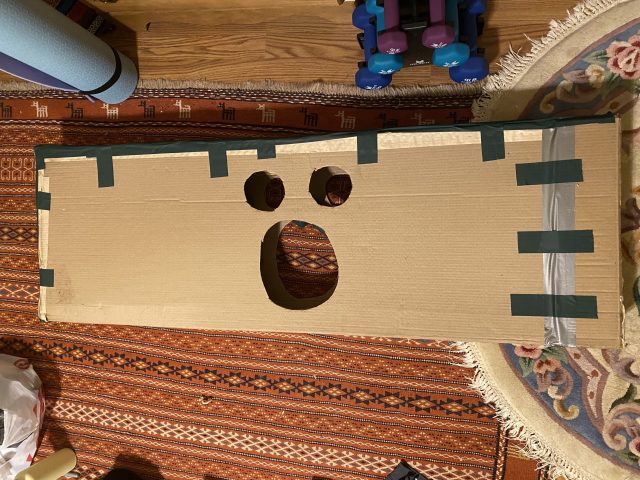
I stole a box from the School of Drama building (sorry), cut a hole in the bottom of it, and boom.
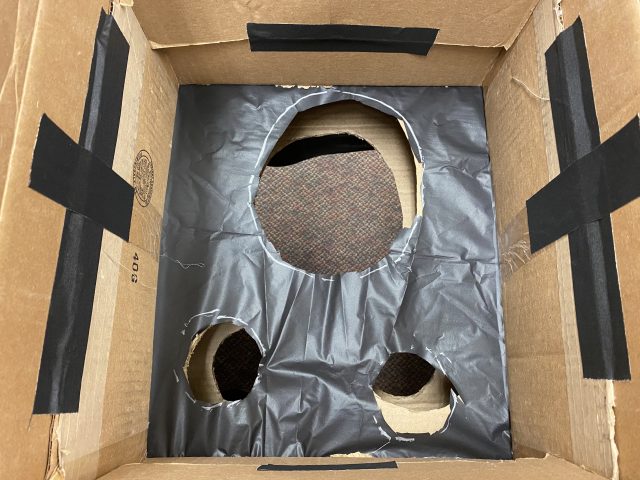
I had my table…

…with a little surprise.
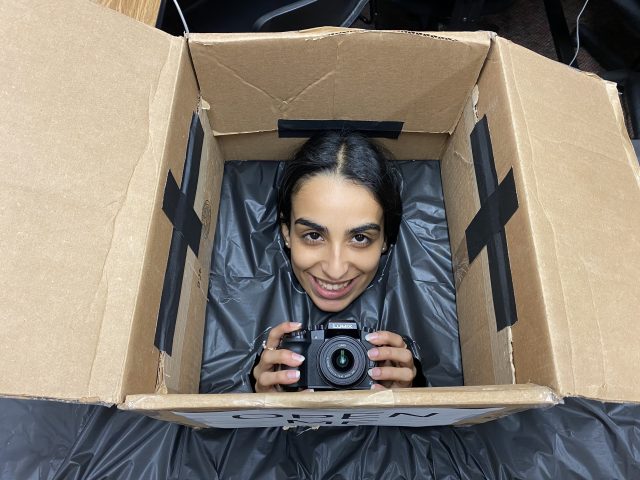
I recruited my friend Reiley to help me get participants since, you know, I was in a box.
We set up a decoy camera at a different angle to make people think that’s what we were recording, since we needed to ask if they were okay being recorded and it’d be suspicious to ask that when there was no camera in sight (we did actually record from that angle so we had record of consent, which proved helpful in more ways, which you will see at the end).
We did a couple trial runs only to realize that me snapping pictures from that angle was getting the edge of the box more than anything and not really a clear picture of the participants’ faces.
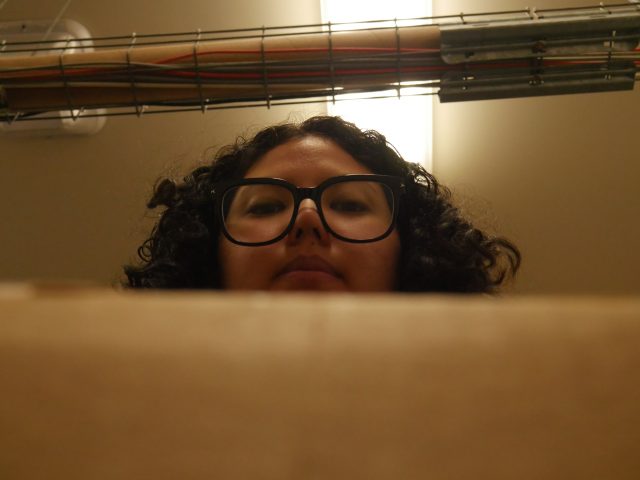
There was also that ugly light in the way that we had to do some finessing to fix.

After more trials, we realized that people were interacting with me and the box in more significant and interesting ways than what a picture could capture, so I reimagined my setup.
We turned the table around so the camera was above me, and we let it record video of the interactions so I could have a more impactful snapshot of my participants.
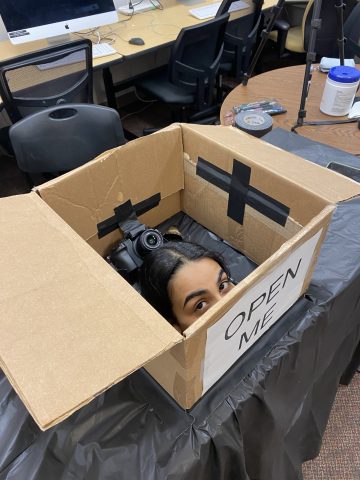
Enough rambling… here are some of the actual results:



The really heartbreaking part about all of this is that, the next day when I went to put all of my videos from the SD card onto my hard drive to begin working, something went wrong and about 3/4ths of the footage got corrupted even though they were all working the day before (I think something went wrong during the transfer).

I spent an entire day scouring the internet on how to get them back but couldn’t figure it out. I was so heartbroken because this was such a wonderful and fun experiment that I put so much thought into, and I was so thrilled with the interactions and results I got out of it.
Most of the useable and interesting footage was gone, like when somebody opened the box and kissed my forehead or when somebody kept opening and closing the box like they were playing peek-a-boo with me.
I still have a little hope that I can get the footage back someday (though I did have a nightmare that the SD card snapped in half and there was no hope left), but thankfully, all the interactions were recorded on the second view. Though the second view wasn’t set up to take a good shot or be a typology in any way, I’m happy I at least have proof of the cute interactions I had.
This is definitely a pretty heartbreaking end to one of my favorite projects I’ve ever done, but like I said, I’m an optimist and have a little hope left in me!
That’s all…

…for now!
